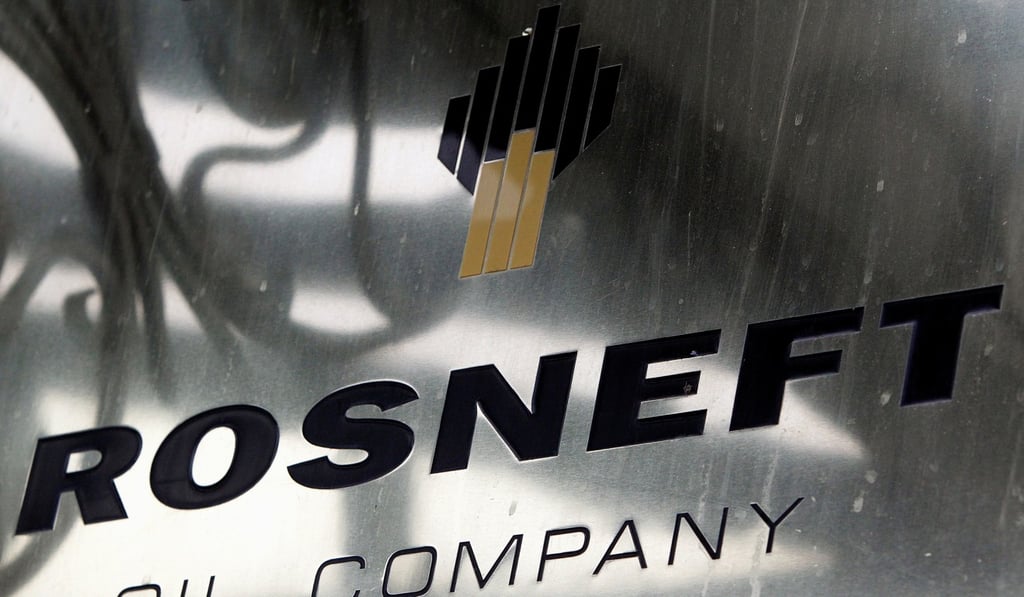How China’s biggest debtors may struggle to pay off their loans
Most of Beijing’s foreign aid donations take the form of loans, but there are serious questions about how some of the beneficiaries will repay the money

However, the research by the US-based AidData project – published on Wednesday – also showed that between 2000 and 2014 most Chinese aid, around 77 per cent of the total, had been offered at market or close to market rates.
The South China Morning Post has reviewed five of the largest Chinese aid projects across several continents and found that some of the country’s biggest debtors are struggling to pay back the loans.
Russia
Russia’s state-owned oil company Rosenft was named as China’s largest creditor in AidData’s report, receiving two loans worth a total of US$34 billion from China Development Bank (CDB) in 2009.
The figure is almost 10 per cent of China’s total foreign aid spending over the period studied by AidData.
